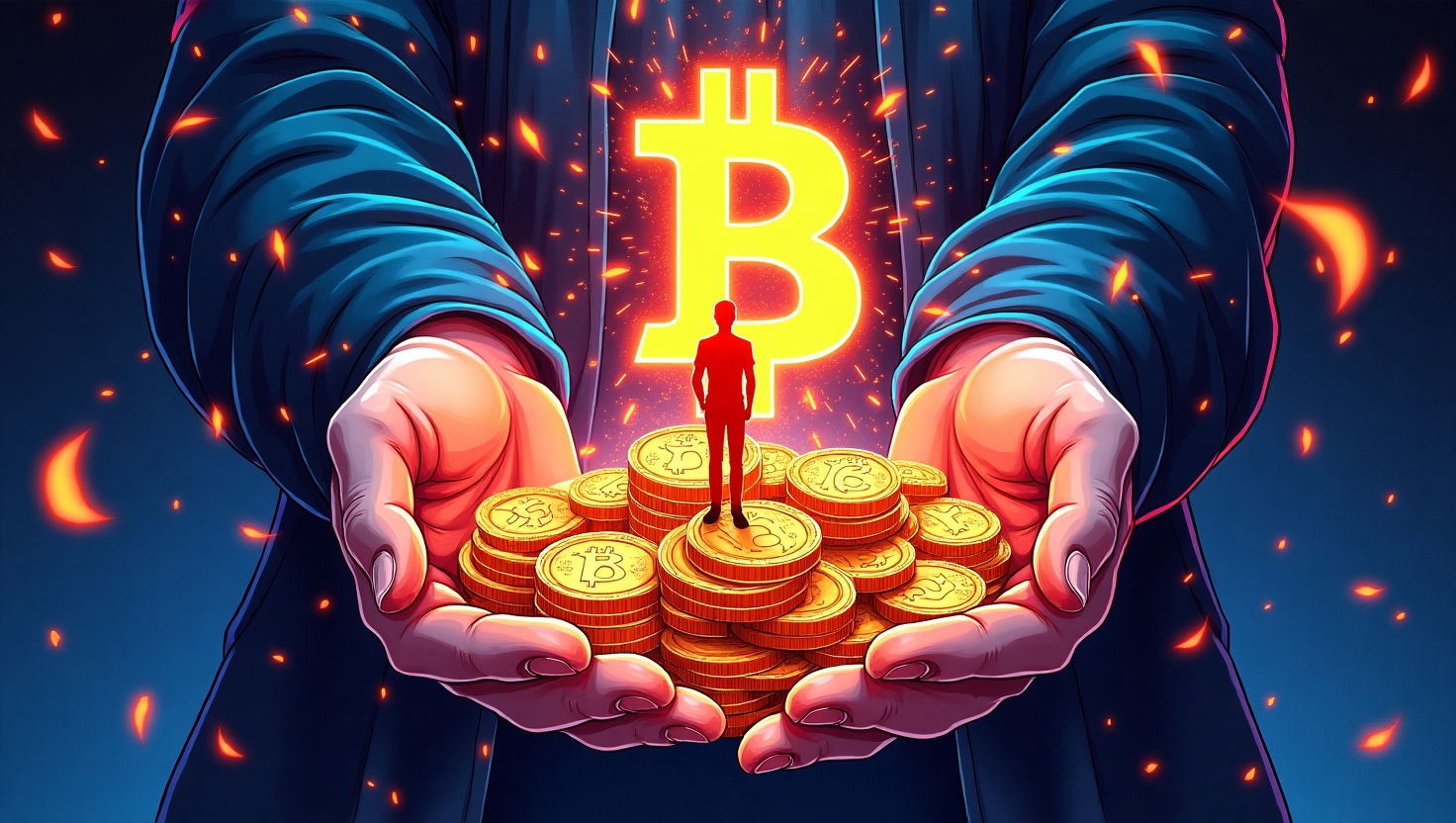Bitcoin Scarcity Grows as Supply Nears Its Limit

The Essentials at a Glance
- Bitcoin (BTC) is scarcer than ever – currently, only around 1.7 million coins remain to be mined.
- The next halving is expected to occur in 2028 and will further reduce the daily BTC issuance by half.
- Large wallets hold over 21% of the total supply – further limiting the available supply.
- A rising market value with a stable or decreasing supply could significantly increase the BTC price in the long term.
Why Bitcoin Is Becoming Increasingly Scarce
Bitcoin is limited to a maximum of 21 million units. This fixed cap is embedded in the network’s code. Unlike fiat money, which central banks can print without limit, the Bitcoin supply is immutable. This results in a deflationary effect: over time, BTC becomes increasingly rare.
A key element of this scarcity is the so-called halving. Approximately every four years, the reward that miners receive for adding a new block to the blockchain is halved. Currently, this reward is 3.125 BTC per block. After the next halving in 2028, it will decrease to 1.5625 BTC.
How Halving Affects the Supply
Miners generate a new block approximately every ten minutes. This results in about 144 blocks per day. Before the last halving, around 900 new BTC entered circulation daily. After the halving, this number dropped to only 450 BTC per day. In 2028, this figure will be halved again – to just 225 BTC daily.
This means: The supply continues to decrease, while demand may potentially rise. This supply reduction is a key driver of potential price increases.
Only 1.7 Million BTC Left to Be Mined
Since the network’s launch in 2009, over 900,000 blocks have been processed. As a result, around 19.3 million BTC are in circulation. That means only about 1.7 million coins remain to be generated over the coming years.
Additionally, a significant portion of the existing coins are permanently held. The eight largest wallets together hold approximately 4.51 million BTC – which corresponds to over 21% of the total supply. These holdings are largely secured for the long term and are not available to the market.
You should read that too:
-
 Asian Slots – The Best Asia-Themed Online Slot Games
Asian Slots – The Best Asia-Themed Online Slot GamesReading time: ~ 3 minutes
-
 Fruit Slots: The Best Fruit-Themed Slot Machines at a Glance
Fruit Slots: The Best Fruit-Themed Slot Machines at a GlanceReading time: ~ 3 minutes
-
 Low Wagering Casino Bonuses 2025
Low Wagering Casino Bonuses 2025Reading time: ~ 3 minutes
-
 Easter Slots – Best Easter-Themed Slot Games
Easter Slots – Best Easter-Themed Slot GamesReading time: ~ 3 minutes
-
 Monster Slots: Best Monster-Themed Slot Games
Monster Slots: Best Monster-Themed Slot GamesReading time: ~ 3 minutes
What Does This Mean for the BTC Price?
If the supply decreases and demand remains the same or increases, upward price pressure is created. Some market observers expect the Bitcoin market to grow to a volume of 3 to 5 trillion US dollars in the coming years. In such scenarios, prices of 143,000 to 238,000 US dollars per BTC are conceivable.
Of course, these are estimates. But the underlying mechanism – limited supply meets growing demand – is a proven economic principle.
Our Assessment
The structural scarcity of Bitcoin through the halving model is a decisive factor for long-term price development. With each halving, BTC becomes rarer – and thus potentially more valuable. If you think long-term and invest in digital assets, Bitcoin remains a relevant component in the crypto market.
The combination of limited supply, growing institutional demand, and increasing perception as “digital gold” supports a positive outlook for the coming years. The next halving phase in 2028 is likely to be another milestone on this path.
| Symbol | BTC |
| Coin type | Alt Coin |
| Transaction Speed | Slow |
| Pros |
|
| Cons |
|
| Further practical applications | |
| Price | 105588 |
| 24h % | 0.70 % |
| 7d % | 0.85 % |
| 30d % | 2.78 % |
| 60d % | 38.30 % |
| 1y % | 52.35 % |
| Market Cap | $2,098,641,589,778.00 |
| Max. Supply | 21,000,000.00 |
| Official Links | Website | Whitepaper | Source Code |
| Socials | Reddit | X | Message Board |








